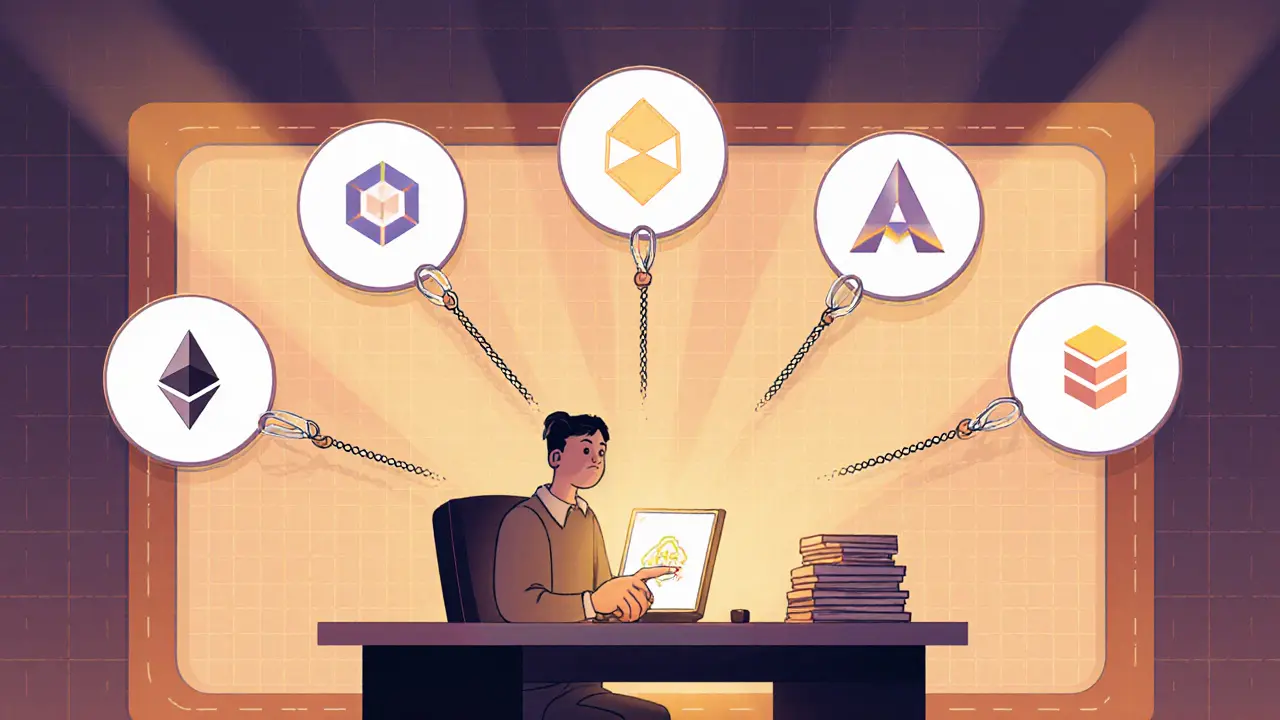
Cross-Chain NFT Fee Calculator
Calculate estimated costs when moving NFTs across different blockchains. Based on current industry standards as of October 2025.
Estimated Transaction Costs
Total Cost Estimate $0.00
Breakdown
Platform Comparison
| Platform | Estimated Fee | Recommended For |
|---|---|---|
| OpenSea | 2–3% + gas | Creators and collectors on Ethereum/Solana |
| TradePort | 1.5% flat + minimal bridge | Real-time analytics traders |
| BlueMove | 2% flat + low-cost bridge | Creators on Sui/Aptos |
Key Insight
Moving from Ethereum to Polygon can reduce costs by 85–90% due to Layer-2 scaling. Always check if your platform bundles bridge fees or offers L2 options.
Cross-Chain NFT Marketplace is a platform that lets users buy, sell, and trade NFTs across multiple blockchain networks without juggling separate wallets. The cross-chain NFT marketplace is reshaping how collectors, creators, and enterprises move value in the digital world. Instead of being locked into Ethereum, Solana, or any single chain, traders now click once and instantly access assets on Ethereum, Polygon, Sui, Aptos, NEAR, and even Bitcoin‑based Stacks. This article walks through the tech behind the magic, highlights the biggest players, and gives you a practical checklist for picking the right platform for your needs.
Key Takeaways
- Cross‑chain support unifies liquidity across Ethereum, Solana, Polygon, Sui, Aptos, NEAR and more, eliminating the need for multiple accounts.
- Smart contracts that span chains, Layer‑2 scaling, and decentralized storage keep trades fast, cheap, and tamper‑proof.
- OpenSea, TradePort and BlueMove represent three distinct strategies: broad reach, analytics‑heavy trading, and creator‑centric tooling.
- When choosing a marketplace, weigh blockchain coverage, fee structure, UI simplicity, security features, and community activity.
- Future upgrades will focus on automated cross‑chain swaps, AI‑driven price discovery, and deeper enterprise integrations.
How Cross‑Chain Functionality Actually Works
At the heart of any cross‑chain NFT marketplace are cross‑chain smart contracts. These contracts act as bridges that lock an NFT on the source chain, mint a wrapped representation on the target chain, and reverse the process when the user wants to move the asset back. The workflow looks like this:
- User initiates a transfer from Ethereum to Polygon.
- The bridge contract locks the original token on Ethereum.
- A validator network confirms the lock event and triggers a mint on Polygon.
- The user receives a wrapped NFT on Polygon that mirrors the original metadata.
- When the user wants to return, the wrapped token is burned and the original is released.
Because the process relies on cryptographic proofs rather than a trusted third party, ownership remains tamper‑proof across all supported chains. Most platforms also store the token’s metadata on decentralized file systems like IPFS or Arweave, ensuring the artwork or metadata never disappears even if a single blockchain experiences downtime.
Scalability is handled by Layer‑2 solutions such as Optimism (for Ethereum) or zk‑Rollups on Polygon. These off‑chain aggregators batch thousands of NFT transfers into a single on‑chain proof, cutting gas fees by up to 90% while preserving security guarantees.
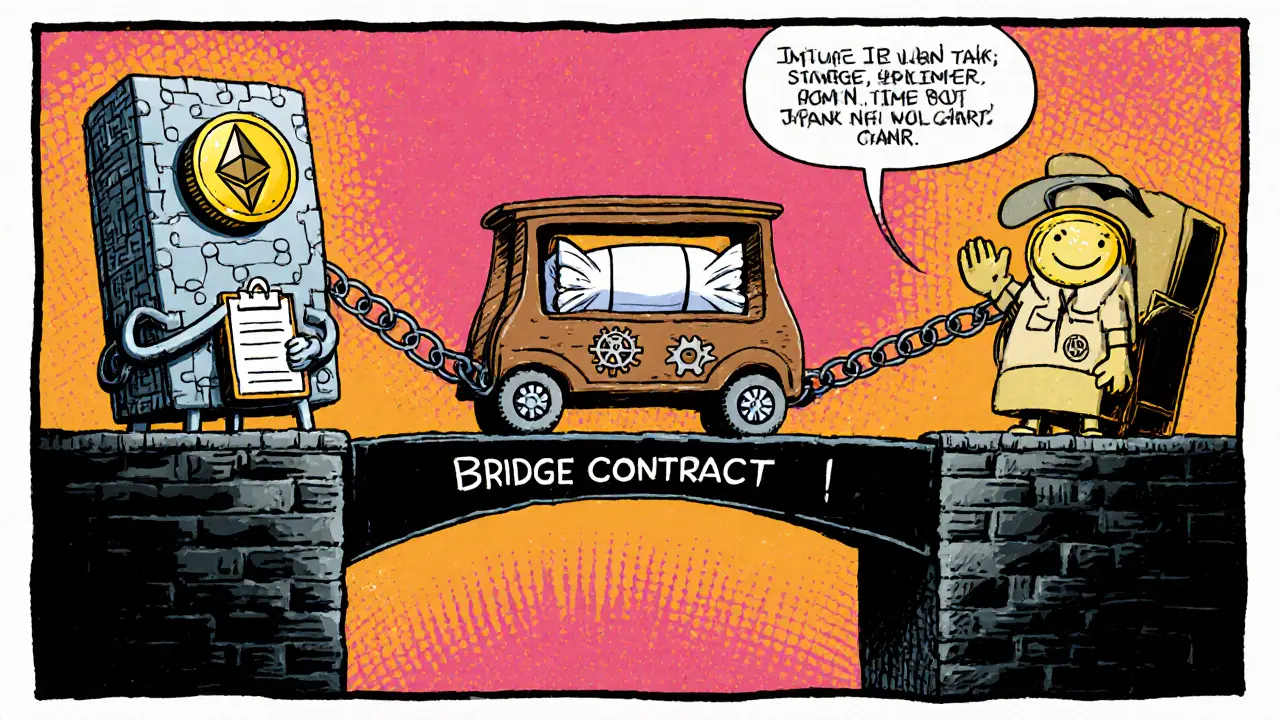
Leading Platforms and What Sets Them Apart
By October2025, three marketplaces dominate the cross‑chain conversation:
| Feature | OpenSea | TradePort | BlueMove |
|---|---|---|---|
| Supported Chains | Ethereum, Solana, Polygon, Flow, Binance Smart Chain | Sui, Aptos, NEAR, Stacks (Bitcoin Layer‑2) | Sui, Aptos |
| Core Strength | Broad reach, community marketplace, creator tools | Real‑time trade analytics, developer APIs | Search & filter, launchpad, mint‑and‑sell creator suite |
| Average Transaction Fee (buyer) | 2-3% + gas (varies by chain) | 1.5% flat + minimal bridge fees | 2% flat + low‑cost bridge on Sui/Aptos |
| Liquidity Speed | Instant on‑chain settlement, but gas spikes can delay | No cooling period; assets ready for next trade instantly | Fast swaps via built‑in bridge, sub‑second confirmations |
| Target User | Artists, collectors, casual traders | Data‑driven traders, developers seeking APIs | Creators looking for launchpad & curated discovery |
OpenSea remains the most recognizable name, but its cross‑chain implementation is a “multi‑network” approach rather than a true bridge‑driven architecture. TradePort and BlueMove, built from the ground up with cross‑chain bridges, deliver smoother swaps and lower fees on newer chains like Sui and Aptos.
Why Cross‑Chain Matters: Tangible Benefits
Liquidity Boost - By aggregating order books across Ethereum, Solana, and Polygon, traders can match with counterparties they would never see on a single‑chain market. This reduces price slippage and eliminates the “cold‑storage” period after a sale.
Cost Savings - High gas on Ethereum can eat up 20% of a small sale. Moving the same NFT to Polygon or Sui drops fees to pennies, making micro‑transactions viable for gaming items or music clips.
Universal Access - Users only need one wallet (e.g., MetaMask with multi‑chain support) to interact with dozens of ecosystems. No need to maintain separate accounts on each chain.
Security & Longevity - Decentralized storage (IPFS/Arweave) plus immutable transaction logs across chains create an audit trail that survives any single‑chain outage. Enterprises can prove provenance for luxury goods or brand‑registered digital twins.
Choosing the Right Marketplace: A Practical Checklist
- Blockchain Coverage - List the chains you need (e.g., Ethereum for established art, Sui for low‑cost gaming). Verify the platform supports them natively.
- Fee Structure - Compare minting, trading, and bridge fees. Some platforms bundle bridge costs into a flat rate.
- User Experience - Look for clear navigation, one‑click bridge actions, and mobile‑responsive design.
- Security Features - Two‑factor authentication, audited smart contracts, and transparent bridge validator sets are non‑negotiable.
- Creator Tools - If you mint, ensure royalty settings, batch mint, and launchpad options are available.
- Community & Volume - Active buyers and sellers increase the chance your NFT gets noticed quickly.
- Support Channels - 24/7 chat or ticketing helps resolve bridge hiccups before they become costly.
Plug these criteria into a simple spreadsheet and rank each platform. The highest‑scoring option usually aligns with both your cost constraints and growth ambitions.
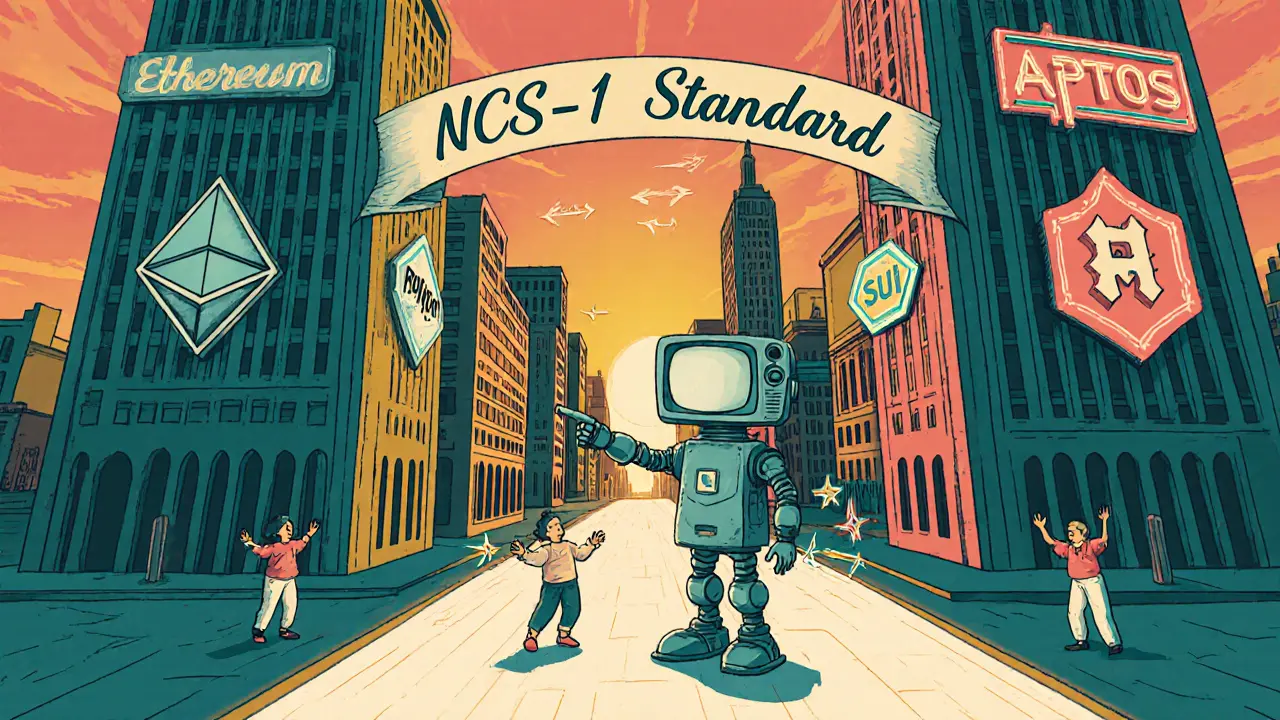
Implementation Considerations for Developers & Enterprises
If you’re building a custom marketplace or integrating cross‑chain features into an existing product, keep these technical pillars in mind:
- Bridge Architecture - Choose a reputable bridge (e.g., Wormhole, LayerZero) or design an in‑house validator set. Verify that the bridge supports finality proofs for each target chain.
- Layer‑2 Compatibility - Deploy your NFT contracts on zk‑Rollup or Optimistic networks to future‑proof against rising L1 fees.
- Metadata Storage - Use IPFS CID versioning so updates to artwork don’t break existing links. Services like Pinata or Filecoin provide long‑term pinning.
- Compliance - If you handle fiat on‑ramps, ensure AML/KYC processes satisfy local regulations, especially when operating across jurisdictions.
- Testing - Simulate cross‑chain swaps on testnets (e.g., Sepolia, Fuji) before mainnet launch to catch replay attacks.
Companies such as Calibraint and Blockchain App Factory specialize in end‑to‑end cross‑chain marketplace development, from smart‑contract auditing to UI/UX design.
Where the Market Is Headed
Analysts predict three major trends for 2026 and beyond:
- Automated Cross‑Chain Swaps - AI‑driven routers will select the cheapest path across multiple bridges, making swaps feel like a single click.
- Enterprise‑Level Branding - Luxury fashion houses and film studios will launch branded marketplaces that reach collectors on Ethereum, Polygon, and emerging chains without splitting their audience.
- Deeper Interoperability Standards - The upcoming “NFT‑Cross‑Chain Standard (NCS‑1)” aims to unify metadata schemas, royalty enforcement, and bridge messaging, reducing integration overhead.
In short, cross‑chain support is moving from a “nice‑to‑have” feature to a baseline requirement. Platforms that fail to adopt seamless multi‑chain bridges risk losing both liquidity and relevance.
Frequently Asked Questions
What exactly is a cross‑chain NFT marketplace?
It is a platform that lets you trade NFTs across different blockchain networks without needing separate accounts or wallets for each chain. The marketplace uses bridge contracts to lock an NFT on one chain and mint a wrapped version on another, preserving ownership and metadata.
Do I need to pay gas fees on every chain?
Yes, each blockchain still requires its own transaction fee, but cross‑chain platforms often bundle bridge fees or let you choose a low‑cost layer‑2 option, dramatically reducing the overall cost compared to staying on Ethereum alone.
Is my NFT safe when it’s wrapped on another chain?
Security relies on the bridge’s validator network and the underlying smart contracts. Reputable bridges are audited and use cryptographic proofs, making the wrapped token as secure as the source token. Always check the bridge’s audit reports before using it.
Can I sell an NFT on one chain and instantly buy a different NFT on another?
Absolutely. Once a sale settles, most cross‑chain marketplaces release the proceeds into a universal wallet balance, which you can immediately use to purchase assets on any supported chain, thanks to the instant bridge settlement.
Which platform should I start with as a beginner?
For newcomers, OpenSea offers the simplest UI and a wide audience. If you’re interested in lower fees and want to experiment with new chains, TradePort’s flat‑rate model is a solid next step.
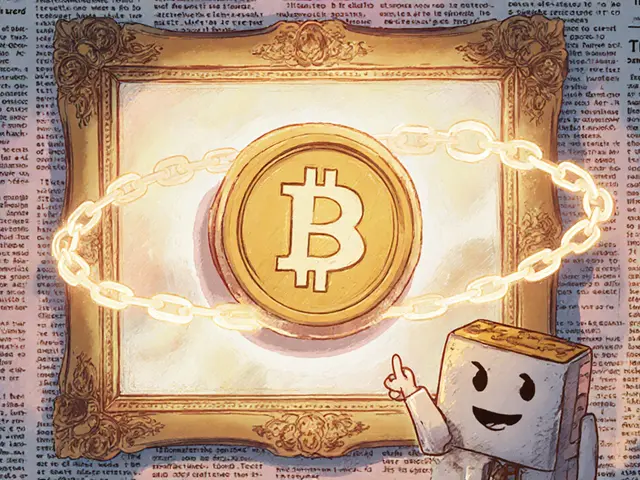
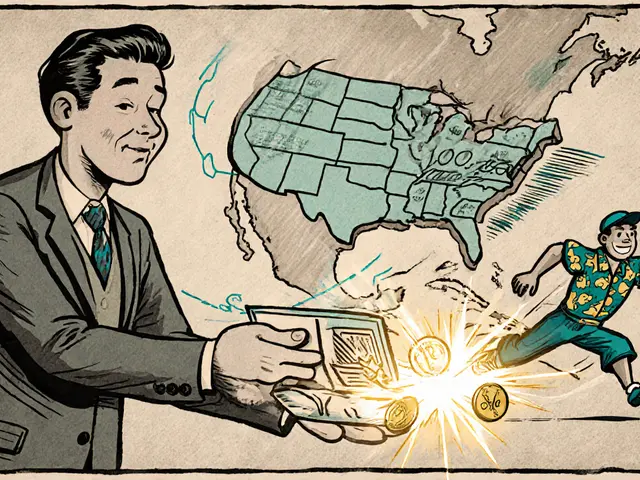
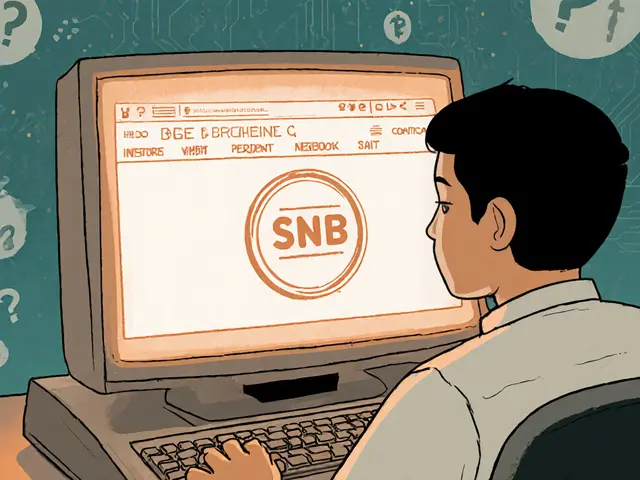
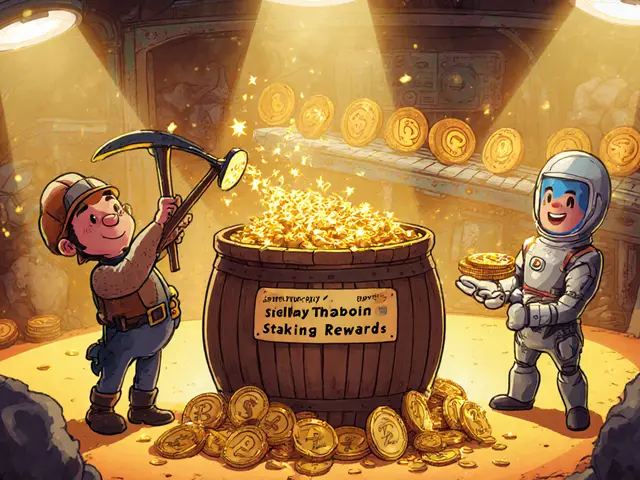

Comments (22)
mark noopa
Yo, the whole cross‑chain NFT hype feels like a modern version of the ancient quest for the philosopher's stone, except instead of turning lead into gold we’re turning gas fees into pennies 🌟. We keep hearing about “bridges” like they’re some mystical entities, but really they’re just code that locks and mints, a simple lock‑and‑swap dance that any coder can copy if they got the patience to read the whitepapers 🧐. The truth is, every time you hop from Ethereum to Polygon you’re basically paying for a ticket on a cheap bus versus a first‑class flight, and the bus ticket is still a ticket, you still get there, just with a little less swagger 🚍. I’ve watched people panic when gas spikes hit $40, but they forget that Layer‑2 solutions exist to save the day, like a safety net that the community collectively stitched together. If you think the “wrapped NFT” on another chain is a different creature, you’re wrong – it’s the same soul in a different jacket, still bound by the same immutable contract logic. The bridge validators are like the gatekeepers of an ancient city, they check the proofs, and if they’re compromised, the whole city can crumble – but most reputable ones have audits that make them as solid as a Roman aqueduct. You’ll see the market gravitate toward platforms that actually bundle the bridge fees; otherwise you’ll be caught in an endless loop of paying a bridge fee plus a gas fee, like paying tolls on every side of a round‑about. The rise of zk‑Rollups feels like the dawning of a new era where we finally get to hide the messy details behind succinct proofs, making the user experience smoother than a fresh jar of Skippy. Yet the skeptics keep shouting about “centralization risk” as if anyone ever built a truly decentralized beacon that could survive a storm of 51% attacks; the reality is that even the most decentralized bridge needs a quorum of honest nodes, a problem solved by economic incentives and slashing, not by mystic faith. In the end, cross‑chain is less about tech wizardry and more about economics – you’re chasing lower fees, higher liquidity, and the ability to move between worlds without juggling a dozen wallets, which is a huge win for the casual collector who just wants to brag about owning a piece of digital art. So keep your eyes on the fee calculators, watch the bridges you trust, and remember that every transaction is a tiny lottery ticket in the grand gamble of decentralized finance. If you ignore the underlying mechanics, you’ll get burned, but if you learn to read the charts and understand the bridges, you’ll ride the wave like a pro 🌊. The future isn’t just multi‑chain, it’s multi‑possibility, and you either get on board or watch from the sidelines.
Helen Fitzgerald
Hey folks! If you’re just getting started, think of cross‑chain marketplaces as a giant, friendly marketplace where you don’t need a separate key for each stall. Just hook up your wallet once, and you can hop from Ethereum to Solana like you’re moving between rooms in a concert hall. It’s awesome for creators because you can reach fans on multiple chains without duplicating effort. Dive in, play around with the fee calculator, and you’ll see how much you can save! 🎉
Mureil Stueber
Cross‑chain bridges lock the original NFT and mint a wrapped version, which keeps the provenance intact. The wrapped token mirrors the metadata stored on IPFS, so the artwork remains the same. Bridge fees vary, but many platforms bundle them into a single charge. Using a Layer‑2 on Polygon can drop gas to pennies. For developers, test on Sepolia first. Then deploy on mainnet.
Leo McCloskey
Honestly, the whole "new" cross‑chain narrative is just repackaged scalability talk; it leans heavily on existing L2 solutions, yet the jargon is churned to sound revolutionary; one must scrutinise the validator set, the cryptographic proofs, and the economic incentives, because without rigorous audits the bridge becomes a single point of failure, a risk no serious trader can ignore; moreover, the fee structures across platforms are opaque, often hidden behind “bundled” costs, which can inflate effective rates beyond typical L1 fees, especially when considering gas spikes on Ethereum during peak periods; therefore, a critical approach is essential, and one should prioritize platforms that publish transparent fee breakdowns and maintain open‑source bridge contracts.
arnab nath
Everyone thinks cross‑chain is just a UI upgrade, but the real risk lies in validator collusion, and the hidden fees can erode profits faster than market volatility.
debby martha
Bridges make NFTs portable.
Ted Lucas
Yo! If you want to stay ahead, pick a marketplace with a flat‑rate bridge fee – it keeps your margins clean and your trades blazing fast 🚀. Forget the 2‑3% surprise on OpenSea; TradePort’s 1.5% is a game‑changer, especially when you’re flipping daily. And remember, low‑cost L2s like Polygon or Sui can turn a $10 gas bill into a few cents, which adds up over dozens of transactions. Keep that edge sharp, and you’ll dominate the cross‑chain arena! 😎
Nina Hall
Absolutely love seeing the community embrace multi‑chain creativity! 🌈 When creators can mint on Sui or Aptos and instantly reach Ethereum collectors, the artistic possibilities explode. It’s like giving painters a new palette of colors they never had before. Keep sharing your successes – it fuels the whole ecosystem.
Sanjay Lago
Yo, the real magic is in the simplicity – one wallet, many worlds. No more juggling private keys like a circus act. Just connect MetaMask, choose your source and target, and boom, your NFT rides the bridge. It saves time, saves fees, and keeps your mind at ease. Keep experimenting, the future’s wide open!
Nathan Van Myall
The fee calculator shows that moving from Ethereum to Polygon can slash costs by over 80%, which is a solid data point for anyone looking to optimise their trading strategy.
gayle Smith
Oh honey, if you think that swapping on a bridge is just a little click, you’re missing the drama of the whole saga – validators, proofs, gas spikes, and fee gymnastics, all wrapped in a glittering UI that pretends it’s effortless. Yet the truth is raw: you’re betting on code you can’t even see, and the market loves to hype the glamour while the actual mechanics are as gritty as any old trench war.
Jon Asher
That’s a fair point, the user experience can definitely be smoother. Hopefully the next updates will iron out those rough edges.
Ben Parker
🔥 Wow, those bridge fees are finally getting realistic! I’m seeing the numbers drop, and it feels like the market finally listened to the community’s cry for lower costs. Keep the updates coming! 🚀
Emily Kondrk
Listen I’m telling you the whole thing is a massive illusion more powerful than any single chain the elite don’t want us to see they hide the real costs behind that smooth UI 🍿 it’s all about control and surveillance the bridges are just a new front they’ll use to track every move of our digital souls and we’re just dancing to their tune
Anjali Govind
Interesting breakdown! I especially like the checklist – having a simple spreadsheet to compare platforms makes the decision process a lot less overwhelming.
Annie McCullough
Honestly I think the hype around cross‑chain is overblown – yeah you can move NFTs, but the real value still lies in the original chain’s community, not some fancy bridge 🚫
Jacob Moore
Hey everyone, just a quick tip: always double‑check the bridge’s audit report before moving high‑value NFTs. It’s an extra step, but it can save you a lot of headaches later.
Rama Julianto
Listen up – if you’re serious about multi‑chain trading, you need to set strict slippage limits and monitor bridge latency. Skipping these basics will cost you dearly, especially on volatile assets.
Siddharth Murugesan
The platform’s fee structure is a complete scam, hidden fees everywhere, they’re stealing from users and nobody cares.
Hanna Regehr
Great overview! The emphasis on security and compliance is spot‑on – those are the foundations for any trustworthy marketplace.
Daron Stenvold
To whom it may concern, the discourse surrounding cross‑chain NFT ecosystems must be approached with rigorous analytical scrutiny, as the interplay of decentralized bridges and Layer‑2 solutions presents both unprecedented opportunities and systemic vulnerabilities which warrant thorough examination.
hrishchika Kumar
From a cultural perspective, cross‑chain marketplaces empower artists worldwide to showcase their heritage without being tethered to a single blockchain, fostering a richer, more diverse digital art tapestry.